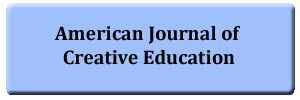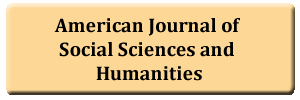The Status of Educational Input Factors in Junior High Schools in the Central Region of Ghana
DOI:
https://doi.org/10.20448/804.6.1.50.63Keywords:
Input factors, Class size, Parental involvement, Pupil-textbook ratio, Teaching-learning material.Abstract
Basic education is the core of development and progress in modern societies. It is the level of education that develops the individual’s capacity to read, write and calculate. Regardless of this, previous researchers have highlighted the need to improve the state of educational facilities in basic schools in Ghana. After several attempts of educational restructuring and reforms, it is not clear whether the state of input factors have improved. In this study, the current state of input factors in junior high schools (JHSs) in Ghana were surveyed using Central Region as a case. The study further compared these input factors in JHS to find out whether they differed with regards to school context (i.e., rural or urban; private or public). Through a questionnaire and using a stratified random sampling technique, data were obtained from pupils, teachers and headteachers. The study revealed that the input factors in schools were generally not encouraging. Particularly, class sizes and pupil-textbook ratio did not meet the recommended standards by GES. Also, the rate of accessibility or availability of input factors in urban schools were better than in rural schools. Similarly, private schools were found to have better input factors as compared to public schools.



